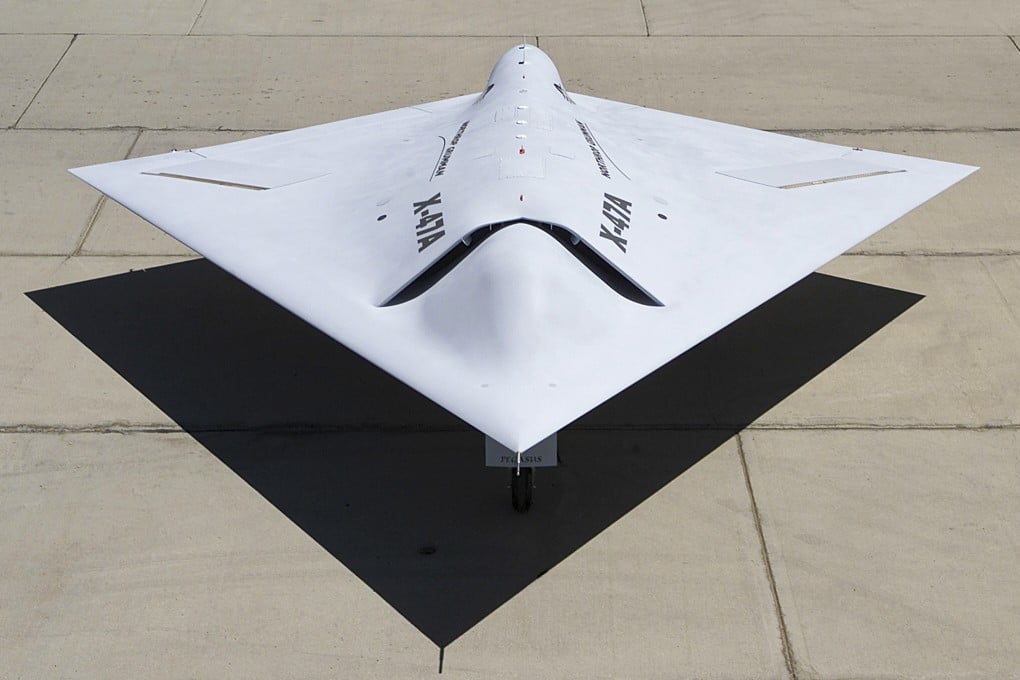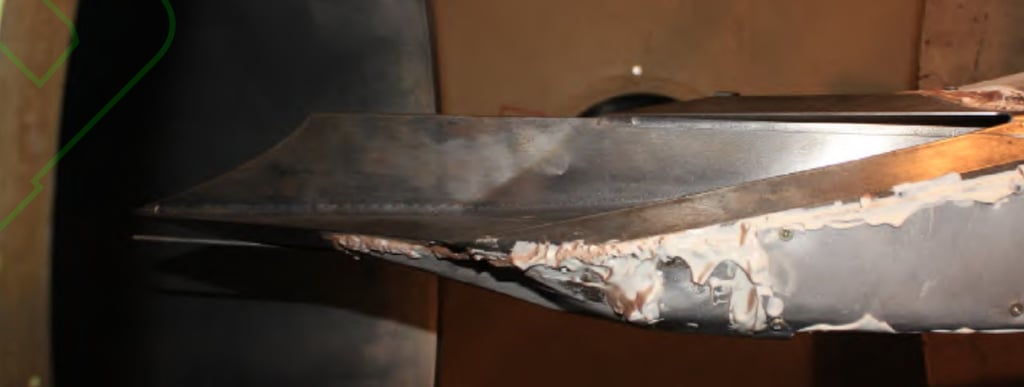Hypersonic flight: Chinese scientists create prototype with an engine design abandoned by Nasa
- The concept by Chinese-born engineer Ming Han Tang was largely neglected by the US government, but in China the design has attracted increasing attention
- Purge of Chinese researchers in the US coincided with the start of China’s hypersonic weapons programme, say some Chinese space scientists

Unlike most hypersonic aircraft with an engine at the belly, the Two Stage Vehicle (TSV) X-plane proposed by Ming Han Tang – then chief engineer of Nasa’s hypersonic programme in the late 1990s – was driven by two separate engines on the sides.
The engines could work as normal turbine jet engines at lower speed and then switch to a high-speed mode which has no moving parts as the aircraft accelerates to five times the speed of sound, or beyond.

The aerodynamics of the dual-engine design was sophisticated and some important questions – such as whether the engines could ignite after switching to the hypersonic speed – remained unclear. The Boeing Manta X-47C, a programme to verify Tang’s design, was terminated by the US government in the early 2000s over technical difficulties and cost.
Professor Tan Huijun and his colleagues, at the Nanjing University of Aeronautics and Astronautics in the eastern province of Jiangsu, have built a prototype machine with a pair of side-opening air inlets based on Tang’s blueprint that was declassified in 2011.